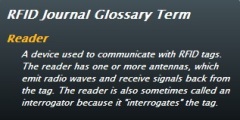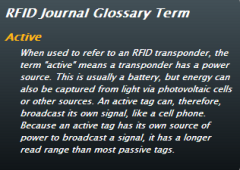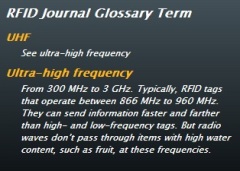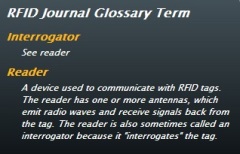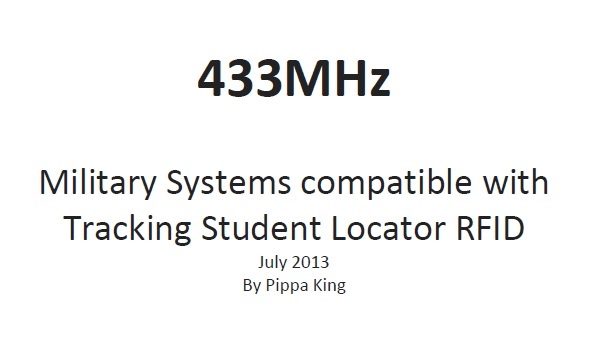
Good news indeed. A bill banning the use of active radio frequency identification (RFID) that identifies and locates children in schools has been presented to the Texas Legislature. Senator Kolkhorst introduced SB486 on the 10th of February 2015 that reads:
“A school district may not require a student to use an identification device that uses active radio frequency identification technology or similar technology to identify the student, transmit information regarding the student, or track the location of the student”
Similar bills introduced in 2012 by the then Representative Lois Kolkhorst, HB101 and HB102, were unsuccessful. More here on HB101 and HB102. Hopefully SB486 will be passed and Texas will be the second State in the USA that bans radio frequency identification used by children in schools to locate and transmit information.
Missouri was the first US State to ban RFID in schools in 2014. SB523 came into effect October 2014 which “Prohibits school districts from requiring a student to use an identification device that uses radio frequency identification technology to transmit certain information”.
RFID transmitting the location of students is used in Texas. However in Northside Independent School District (NISD) the RFID introduced in 2012 was a disastrous public relations exercise for the technology.
One student in 2012 who attended John Jay High School in San Antonio, Andrea Hernandez , refused to carry the active 433MHz tag, that was going to transmit her whereabouts 24/7. The school unbudging in its commitment to have the kids wear the active RFID expelled Andrea.
The Hernandez family took NISD to court, with the Judge’s decision unfortunately going against them. Andrea had to move schools. In July 2013 the RFID was scrapped. NISD had introduced the RFID to improve school attendance which it failed miserably in (obviously!). Quite how NSID expected students wearing a RFID tag around their necks would improve attendance is clearly a testament to the sales pitch of the company supplying the RFID, WADEgarcia.
There were many claims made about the RFID one of which was that only the school could track the RFID tag. Not entirely correct. The RFID tags the kids were, and are, wearing in Texas utilise the 433MHz radio frequency. The same frequency used by RFID tags the US Military use to track their assets around the globe, in fact it is the very same standard ISO18000-7. So let’s be very careful when making claims about RFID technology. See paper ‘Military Systems compatible with Student Locator RFID‘.
Hopefully SB486’s progress will highlight what exactly RFID is capable of. Not that I am suggesting the US Military is tracking children in America but only that the technology does have capabilities and is open to be fallible.


